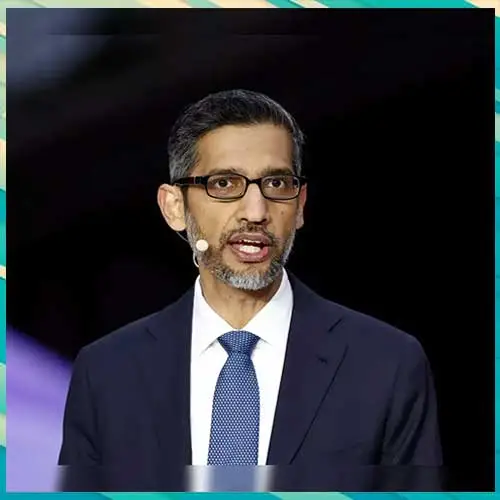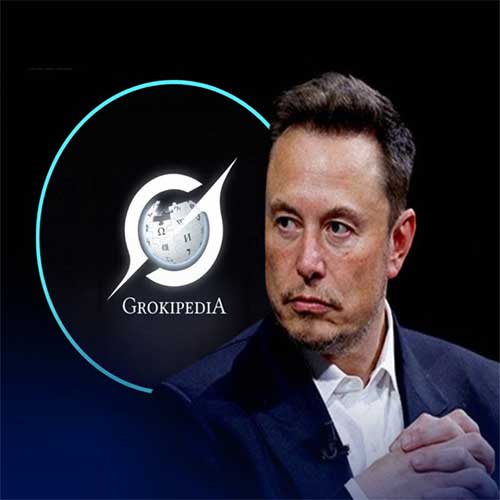
Citing Apple’s $600 billion U.S. investment pledge by CEO Tim Cook, Trump highlighted similar commitments from TSMC, Samsung, and SK Hynix to expand American chipmaking capacity, positioning themselves to avoid potential tariff penalties
U.S. President Donald Trump has announced plans to impose tariffs on semiconductor imports from companies that fail to shift production to the United States, underscoring his administration’s push to strengthen domestic manufacturing.
Speaking to reporters ahead of a dinner with leading technology CEOs, Trump said the tariffs would be “substantial” though not excessively high, and would not apply to firms building or planning chip facilities in the country. “If they are not coming in, there is a tariff,” Trump said, stressing his intention to use trade policy as leverage.
Push for domestic investments
Trump pointed to Apple as an example of alignment with U.S. industrial priorities, noting CEO Tim Cook’s recent pledge to invest $600 billion over the next four years. Other global players such as Taiwan Semiconductor Manufacturing Company (TSMC), Samsung Electronics, and SK Hynix have also unveiled projects to expand chipmaking capacity in America, moves that could shield them from penalties.
The president has repeatedly tied tariffs to his broader agenda of reshaping global trade, framing them as both a negotiating tool and a mechanism to secure economic concessions. His renewed emphasis on semiconductors reflects concerns over supply chain vulnerabilities and the strategic importance of advanced technology.
Legal and trade uncertainty
While Trump’s approach has resonated with some business leaders, it has also unsettled financial markets and strained relationships with trading partners. His earlier pledge to impose tariffs of up to 100 percent on imported chips drew sharp criticism from industry groups and foreign governments worried about supply disruptions.
The administration is also battling legal challenges to its trade actions. A federal court recently struck down several tariffs enacted under a 1977 emergency law, prompting Trump’s team to petition the Supreme Court for a swift review to preserve the president’s authority.
Despite the uncertainty, Trump appeared determined to press ahead, casting tariffs as central to his economic strategy. “We will be putting a tariff very shortly,” he reiterated, signaling that companies delaying U.S. investments could soon face steep costs for continuing to rely on overseas production.
See What’s Next in Tech With the Fast Forward Newsletter
Tweets From @varindiamag
Nothing to see here - yet
When they Tweet, their Tweets will show up here.





























